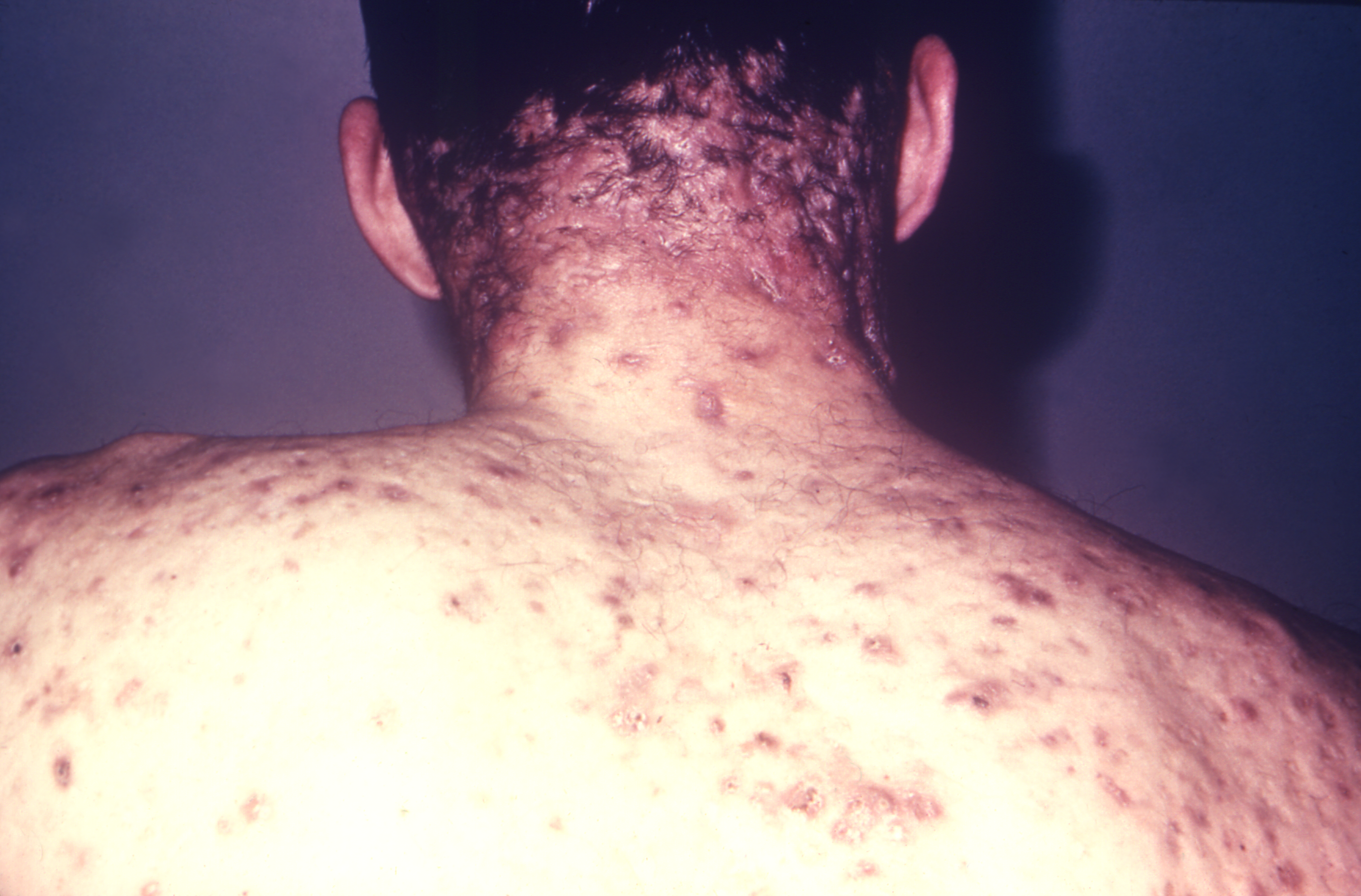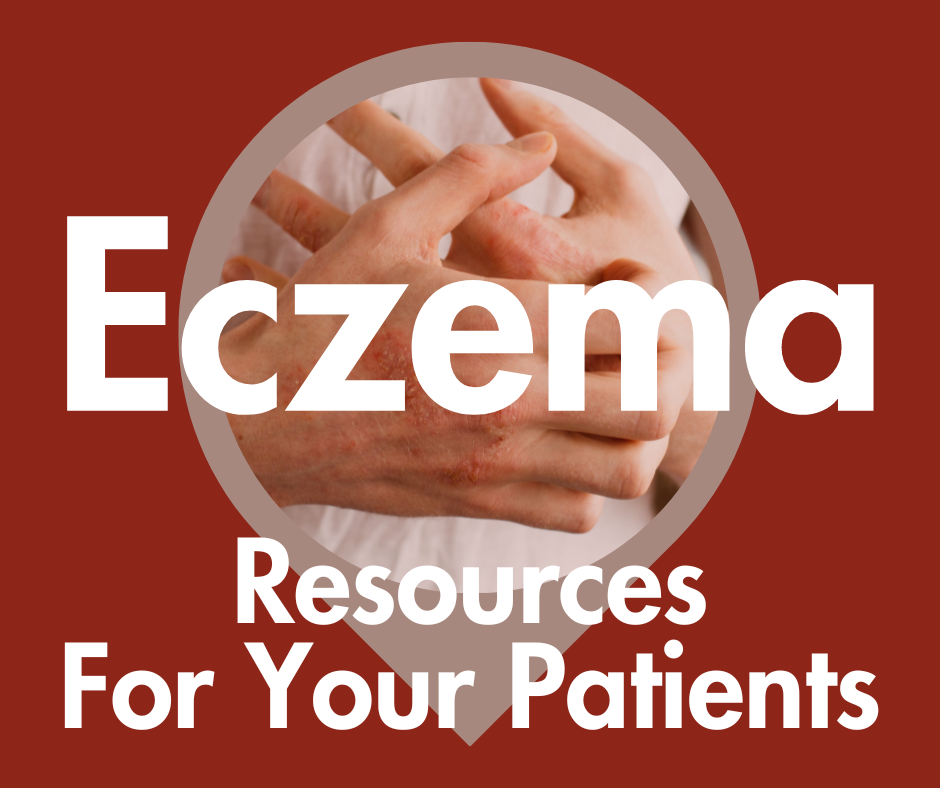- Acne
- Actinic Keratosis
- Aesthetics
- Alopecia
- Atopic Dermatitis
- Buy-and-Bill
- COVID-19
- Case-Based Roundtable
- Chronic Hand Eczema
- Chronic Spontaneous Urticaria
- Drug Watch
- Eczema
- General Dermatology
- Hidradenitis Suppurativa
- Melasma
- NP and PA
- Pediatric Dermatology
- Pigmentary Disorders
- Practice Management
- Precision Medicine and Biologics
- Prurigo Nodularis
- Psoriasis
- Psoriatic Arthritis
- Rare Disease
- Rosacea
- Skin Cancer
- Vitiligo
- Wound Care
News
Article
Dermatology Times
Spotlighting Advances in Atopic Dermatitis Research and Prevention Strategies
Author(s):
October is Eczema Awareness Month and Dermatology Times is recognizing research to best serve patients with the most common type of eczema, atopic dermatitis.
October is Eczema Awareness Month and Dermatology Times is recognizing research to best serve patients with atopic dermatitis (AD). Earlier this year, researchers Peter Arkwright, DPhil, MBBS, FRCPCH, consultant at the Lydia Becker Institute of Immunology and Inflammation at the University of Manchesterin the United Kingdom; and Jennifer Koplin, PhD, principal research fellow, Child Health Research Centre, University of Queensland, Australia, reviewed a decade of AD research.
They found 14,406 peer-reviewed publications on AD were listed on PubMed during the past 10 years. AD research in the past decade makes up 46% of all AD publications since the first articles were listed more than 70 years ago in 1948. Articles focusing on treatment of AD were the most prominent focus of research, making up half of all publications, with biologics accounting for 33% of all AD publications and 65% within the treatment theme. There were 245 articles on Janus kinase inhibitors (3%). Other themes with a high publication rate included prevention (14%) and skin barrier (13%), with 795 papers on filaggrin (6%) and genetics (12%).1
AD Prevention Strategies in Early Stages of Life
Many investigators have published findings on AD prevention strategies with the overarching themes of moisturizers, probiotics, and breastfeeding.Arkwright and Koplin found that many studies cite moisturizers as the mainstay of AD treatment and have been investigated for their ability to prevent AD.
“A few small randomized controlled trials suggested that regular use of moisturizers in early infancy might prevent AD,” they wrote. “However, larger trials subsequently found no significant benefit. A systematic review of 10 randomized controlled trials involving 3507 participants reported no significant reduction in the development of AD with prophylactic moisturizers initiated within the first 6 weeks of life.”2,3
The hypothesis that the gut microbiome contributes to the pathophysiology of allergic disease has made probiotics a hot topic in AD prevention. “There have been many trials with mixed results, most in children with a family history of atopy, summarized in systematic reviews and meta-analyses,” Arkwright and Koplin wrote. “The effectiveness of probiotics for preventing AD may vary depending on the strain/s used and whether they are administered prenatally, postnatally, or both. Prebiotics have also been investigated for the prevention of AD, with mixed results.” 4,5
Breastfeeding in AD prevention has also undergone extensive debates and research. “Evidence is largely limited to observational studies, with mixed results. Several systematic reviews have reported little or no association between AD and breastfeeding; however, the authors have noted significant heterogeneity between studies and low methodological quality of some studies,” Arkwright and Koplin wrote.6,7
Research Opportunities Going Forward
Looming research questions are related to predicting the course of AD, including identifying those who will develop AD, comorbidities, and adverse outcomes. “Other topics [are] indicated by identification of clinically meaningful disease subtypes; evaluation of safe, effective, and disease-modifying therapies; comparative effectiveness and safety of topical and systemic treatments; biomarker assessment for prediction of severity; disease course; treatment response; comorbidities; and mechanisms and treatment of disease flares,” Arkwright and Koplin said. “Answering these research questions will require multidisciplinary research including epidemiology, clinical trials, and molecular medicine.”8
Investigators believe a setback in AD research is “the wide range of definitions and outcomes that have been measured in individual studies, limiting the ability to combine and compare data from different studies. The ability to combine data from individual trials in systematic reviews and meta-analyses is critically important for informing patient care and treatment decisions.”1
Arkwright and Koplin explained how one group is addressing the issue. “The Harmonising Outcome Measures for Eczema group used a series of research methods including Delphi and nominal group techniques informed by systematic reviews of the properties of candidate instruments to define a set of core outcome measures that they have recommended for including in all clinical trials of AD...[it] has the potential to increase knowledge and improve patient care,” they concluded.9
Keep an Eye on Dermatology Times
Throughout October 2023, we will feature a variety of AD news, expert insight, and resources for patients.Donot miss a moment—subscribe toour e-newsletters.
References
1. Arkwright PD, Koplin JJ. Impact of a decade of research into atopic dermatitis. J Allergy Clin Immunol Pract. 2023;11(1):63-71. doi:10.1016/j.jaip.2022.09.021
2. Simpson EL, Chalmers JR, Hanifin JM, et al. Emollient enhancement of the skin barrier from birth offers effective atopic dermatitis prevention. J Allergy Clin Immunol. 2014;134(4):818-823. doi:10.1016/j.jaci.2014.08.005
3. Skjerven HO, Rehbinder EM, Vettukattil R, et al. Skin emollient and early complementary feeding to prevent infant atopic dermatitis (PreventADALL): a factorial, multicentre, cluster-randomised trial.Lancet. 2020;395(10228):951-961. Published correction appears in Lancet. 2020;395(10228):e53.
4. Jiang W, Ni B, Liu Z, et al. The role of probiotics in the prevention and treatment of atopic dermatitis in children: an updated systematic review and meta-analysis of randomized controlled trials. Paediatr Drugs. 2020;22(5):535-549. doi:10.1007/s40272-020-00410-6
5. Szajewska H, Horvath A. Lactobacillus rhamnosus GG in the primary prevention of eczema in children: asystematic review and meta-analysis. Nutrients. 2018;10(9):1319. doi:10.3390/nu10091319
6. Lin B, Dai R, Lu L, Fan X, Yu Y. Breastfeeding and atopic dermatitis risk: asystematic review and meta-analysis of prospective cohort studies. Dermatology. 2020;236(4):345-360. doi:10.1159/000503781
7. Güngör D, Nadaud P, LaPergola CC, et al. Infant milk-feeding practices and food allergies, allergic rhinitis, atopic dermatitis, and asthma throughout the life span: a systematic review. Am J Clin Nutr. 2019;109(suppl7):772S-799S. Published correction appears in Am J Clin Nutr. 2019;110(4):1041.
8. Abuabara K, Nicholls SG, Langan SM, et al; International Eczema Council Priority Research Group. Priority research questions in atopic dermatitis: an International Eczema Council eDelphi consensus. Br J Dermatol. 2021;185(1):203-205. doi:10.1111/bjd.19874
9. Williams HC, Schmitt J, Thomas KS, et al; HOME Initiative. The HOME Core outcome set for clinical trials of atopic dermatitis. J Allergy Clin Immunol. 2022;149(6):1899-1911. doi:10.1016/j.jaci.2022.03.017

Newsletter
Like what you’re reading? Subscribe to Dermatology Times for weekly updates on therapies, innovations, and real-world practice tips.





















